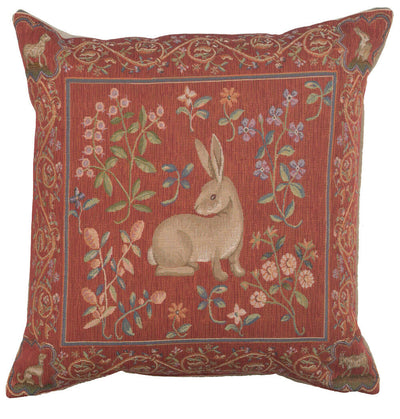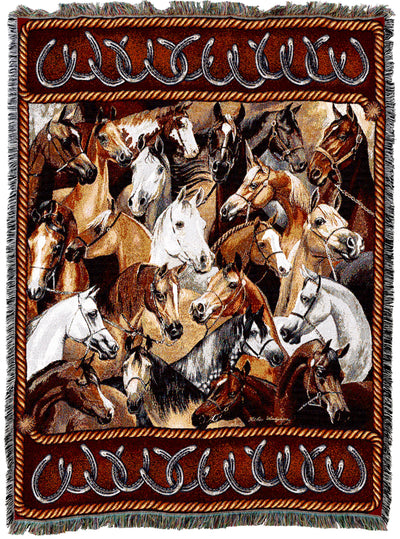Large Tapestries With an Ancient Appeal
Large Tapestries With an Ancient Appeal
Many people will be surprised to know that large tapestries have been used for decoration for thousands of years. The art of tapestry is nothing new. In fact it is one of the oldest forms of textile art in existence. Although the art has been used for several millennia to produce decorative wall hangings, little has changed in the basic weaving techniques. The basic application of a set of warp and weft threads is still in use even in the computerized jacquard looms that are used in the mass production of tapestries today.
This ancient art was very popular in the middle ages. Large tapestries were commonly used to decorate castles, cathedrals, churches and mansions. The weaving process in this period was labor intensive and could only be done by highly skilled and experienced weavers. Although there were several such weavers in European kingdoms at the time, the length of time required to make a single tapestry was still long and therefore the cost was still high.
Although the art of tapestry weaving hasn’t changed much over the years, the uses of tapestry today have changed to some extent. In the past, large tapestries were primarily used for decoration and insulation of walls. The tapestries that were hang in cathedrals and churches were used to convey Christian teachings and were also used for instruction. Some tapestries were used as banners and emblems of the kingdom or state and carried during war or placed behind a dais during a public audience.
Contemporary large tapestries have the same decorative function that they had in the past. In fact, contemporary tapestries are taking the place of canvas paintings and other prints. More artists are being drawn to tapestry weaving. The computerization of the weaving process has enabled the production of tapestries with contemporary designs. Contemporary artists are therefore able to express their modern ideas on an ancient medium.
Contemporary artists are being drawn to large wall tapestry weaving as it lends the dimension of depth to their work making them unique. The elements used in their work are better expressed in tapestries that on other surfaces. Many artists have crossed over from canvas to tapestries and have given licenses for their original work to be reproduced and distributed as tapestries.
Interior designers prefer tapestries for their depth as well. There is also a wide variety of tapestries which can be used to compliment the ambiance of any room.















